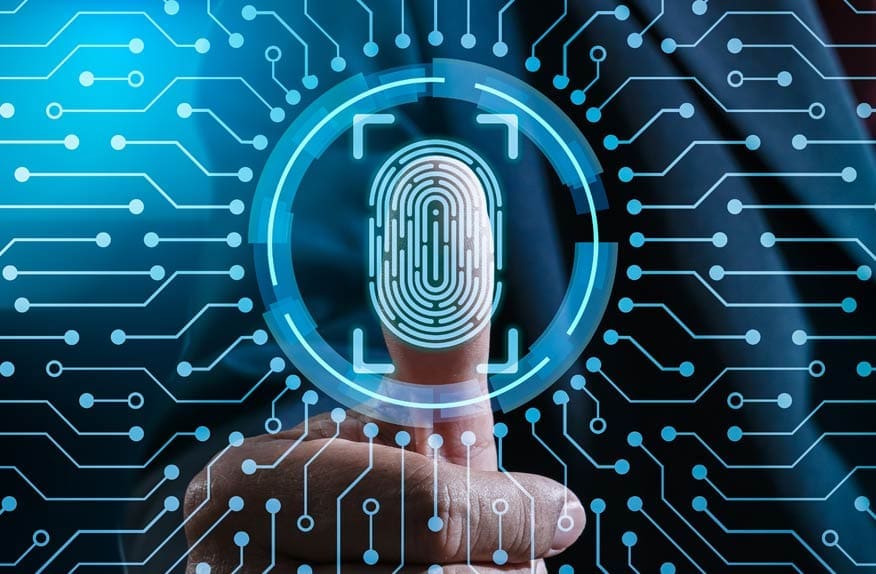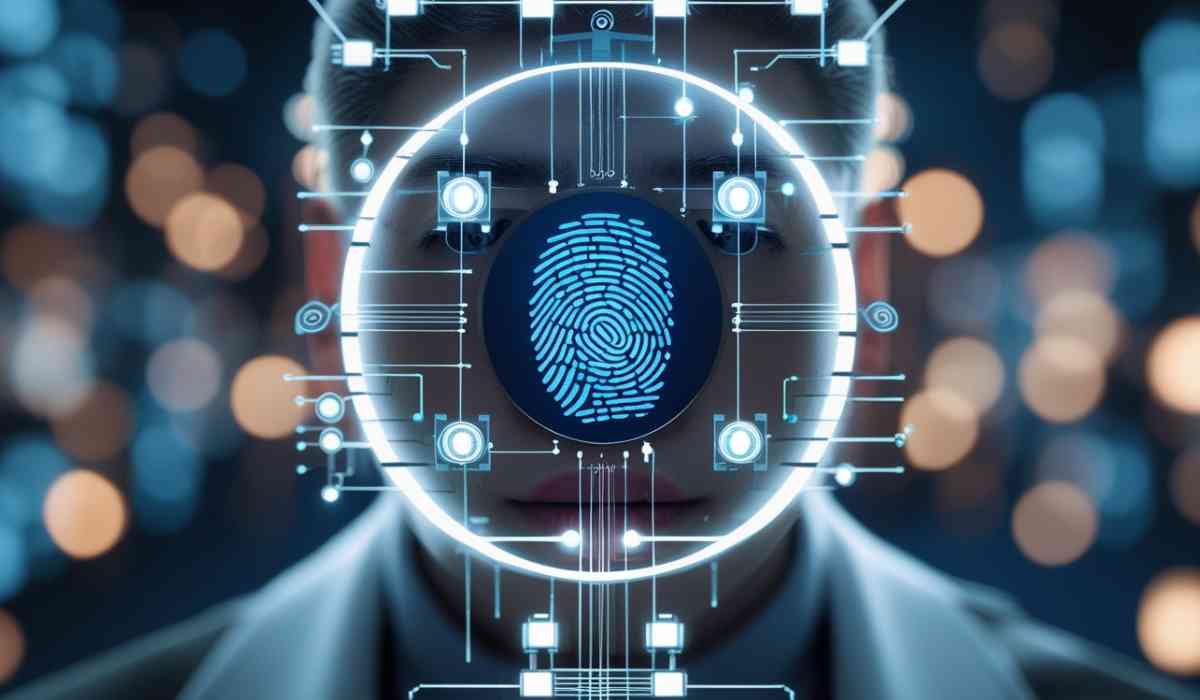Biometric technologies use unique physical or behavioral traits-such as fingerprints, facial recognition, voice patterns, and iris scans-to verify and authenticate individuals' identities. These technologies are rapidly transforming security across multiple industries by providing more secure, convenient, and fraud-resistant authentication methods compared to traditional passwords or PINs.

Key Trends in Biometric Technologies for 2025
- Contactless Biometrics: Driven by hygiene concerns and user convenience, contactless biometric systems like facial recognition and palm/fingerprint "hover" scans are becoming standard. These systems require no physical touch, reducing friction and infection risk while maintaining security.
- Multi-Modal and Cross-Modality Biometrics: Combining multiple biometric modalities-such as face, fingerprint, and voice recognition-into single authentication systems is a growing trend. This multi-layered approach enhances security by making it extremely difficult for attackers to spoof multiple traits simultaneously and improves accessibility by offering alternative verification options.
- AI and Quantum Computing Integration: Artificial intelligence (AI) enhances biometric accuracy and fraud detection, while emerging quantum computing promises stronger biometric encryption. However, AI also introduces risks like deepfake-generated synthetic identities, necessitating advanced detection technologies to maintain trust.
- Privacy-Centric and Responsible Biometrics: Ethical deployment of biometrics involves encrypting biometric data into non-reversible formats, avoiding centralized databases, and ensuring informed user consent. Continuous algorithm auditing and compliance with data protection laws like GDPR are essential to protect privacy and prevent misuse.
Industry Applications of Biometric Security

- Banking and Finance: Biometrics secure mobile banking apps, ATMs, and transaction authorizations, significantly reducing fraud and enhancing customer trust. Multi-factor authentication combining biometrics with other methods strengthens defenses against identity theft.
- Healthcare: Biometric verification ensures accurate patient identification, prevents medical identity theft, and controls access to sensitive medical records, thereby improving patient safety and regulatory complianc.
- Workplace Access Control: Fingerprint, iris, and facial recognition systems streamline secure entry in corporate and high-security environments, preventing unauthorized access and enhancing operational efficiency.
- Retail and E-commerce: Facial recognition personalizes customer experiences in stores, while biometric authentication secures online payments, boosting customer loyalty and reducing fraud.
- Government, Border Control, and Law Enforcement: Biometrics enhance border security, immigration processing, and forensic investigations by reliably identifying individuals and correlating multiple data sources like voice and images.
Challenges and the Path Forward

The rise of generative AI and deepfake technologies poses new threats to biometric security by enabling sophisticated identity fraud. To counter this, biometric systems are evolving with AI-powered detection of synthetic identities and adoption of multimodal verification to maintain robustness.
Furthermore, balancing security with privacy and ethical considerations remains critical. Organizations must prioritize transparent data handling, user education, and adherence to evolving regulatory frameworks to foster trust and responsible biometric adoption.
In conclusion, biometric technologies are revolutionizing security by offering fast, reliable, and user-friendly identity verification solutions across sectors. The integration of multiple biometric modalities, AI enhancements, and privacy-focused practices will define the future landscape of biometric security, ensuring safer digital and physical environments worldwide.
With inputs from agencies
Image Source: Multiple agencies
© Copyright 2025. All Rights Reserved Powered by Vygr Media.
























